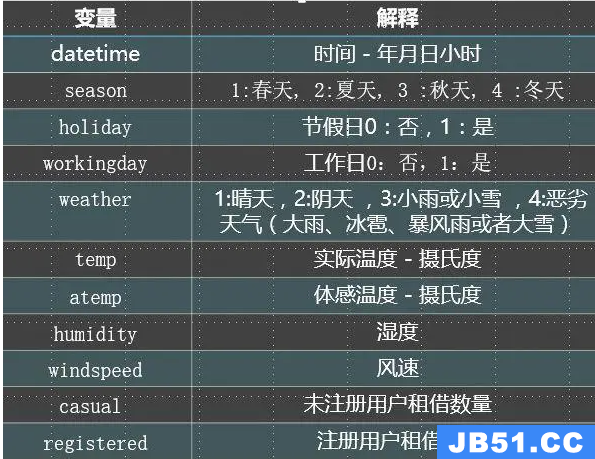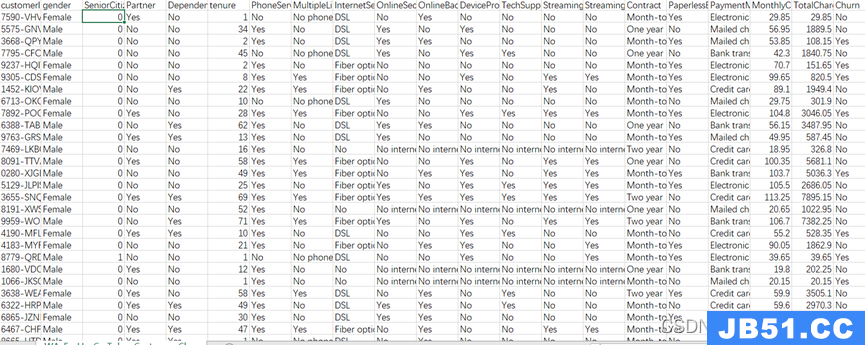Problem Description
You will be given a string which only contains ‘1’; You can merge two adjacent ‘1’ to be ‘2’,or leave the ‘1’ there. Surly,you may get many different results. For example,given 1111,you can get 1111,121,112,211,22. Now,your work is to find the total number of result you can get.
Input
The first line is a number n refers to the number of test cases. Then n lines follows,each line has a string made up of ‘1’ . The maximum length of the sequence is 200.
Output
The output contain n lines,each line output the number of result you can get .
Sample Input
3
1
11
11111
Sample Output
1
2
8
题意:
若干个1,可以选择相邻两个合并成2。问有多少种可能的结果。
分析:递推加大数~
递推公式为db[i] = db[i-1] + db[i-2],斐波那契数列。
怎么推导出来的呢~~~我能说我是看出来的麽~
设有n个1,可以构成f(n)种。则加一个1的时候,前面n种仍然成立 f(n+1)=f(n)+*;
第n+1个1和第n个1相加构成2,前面n-1个1可以组合的个数。 f(n+1)=f(n)+f(n-1);
大数~用java很好过的~c的话,只能用数组模拟了。
import java.math.BigInteger;
import java.util.Scanner;
public class Main{
static BigInteger db[] = new BigInteger[201];
public static void main(String[] args) {
dabiao();
Scanner sc = new Scanner(System.in);
int t=sc.nextInt();
while(t-->0){
String str =sc.next();
int n =str.length();
System.out.println(db[n]);
}
}
private static void dabiao() {
db[1]=new BigInteger("1");
db[2]=new BigInteger("2");
for(int i=3;i<db.length;i++){
db[i]=db[i-1].add(db[i-2]);
}
}
}





